Roast Beef With Italian Seasoning: A Global Spice Adventure
Table of Contents
- Introduction to Roast Beef and Italian Seasoning
- Why Italian Seasoning Works So Well with Roast Beef
- Spice Breakdown: What’s Inside Italian Seasoning?
- Top 7 Tips for Perfect Roast Beef with Italian Seasoning
- Buying Guide: Choosing the Best Ingredients
- Global Variations: How Different Cultures Use Similar Flavors
- Conclusion: Savor the Tradition
Introduction to Roast Beef and Italian Seasoning
Raise your hand if you’ve ever walked into a deli, smelled roast beef roasting with aromatic spices wafting through the air, and thought… “What is that glorious smell?” Odds are, it was Italian seasoning doing its magic.

In this article, we’re diving deep into the world of roast beef with Italian seasoning—a dish that’s beloved globally not just for its taste but for how it effortlessly marries cultures, traditions, and flavors. Whether you're an at-home cook or a spice professional, there's something here for everyone.
Why Italian Seasoning Works So Well with Roast Beef
Italian seasoning is like a flavor orchestra. Each herb plays its part in enhancing the natural richness of roast beef:
- Oregano adds earthy warmth
- Basil brings a hint of sweetness
- Thyme gives a subtle floral note
- Rosemary contributes boldness and depth
- Marjoram rounds things out with a gentle spiciness
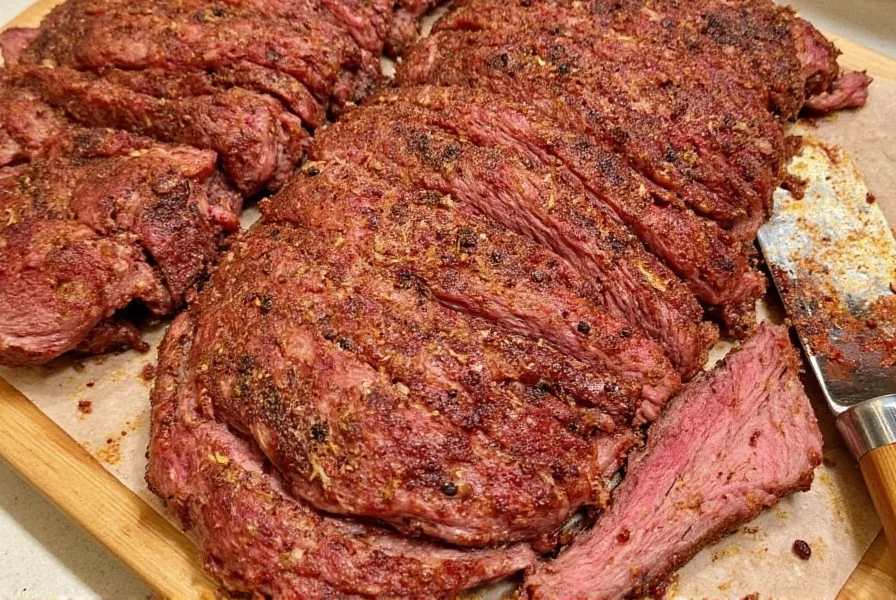
Together, they create a flavor profile that complements the meat without overpowering it. Think of it as a supporting cast that makes the main star shine even brighter!
Spice Breakdown: What’s Inside Italian Seasoning?
| Herb | Flavor Profile | Best For |
|---|---|---|
| Oregano | Earthy, robust | Adding body and depth |
| Basil | Sweet, peppery | Fresh aroma and brightness |
| Thyme | Woodsy, lemony | Mellow complexity |
| Rosemary | Piney, sharp | Strong savory punch |
| Marjoram | Subtle, spicy | Smoothing out strong notes |
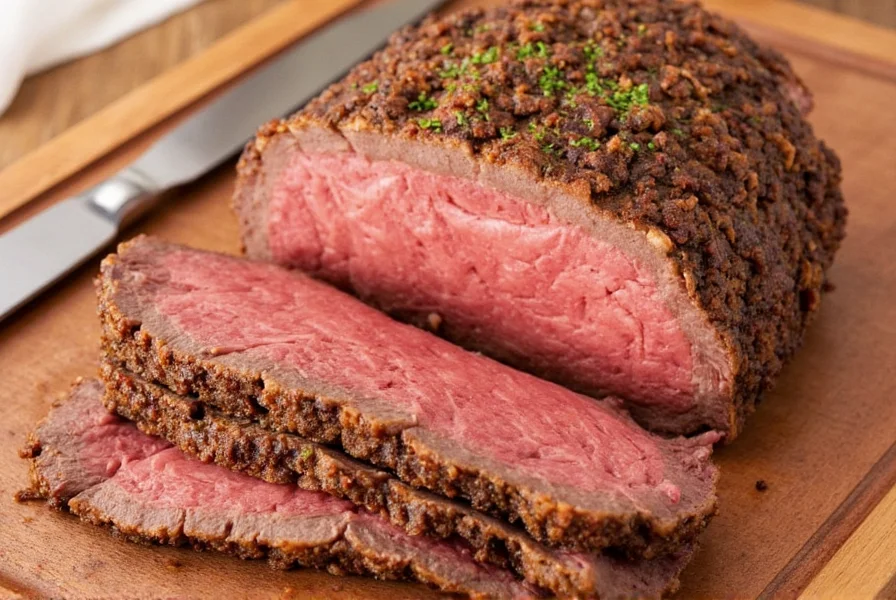
Most commercial blends will include these core ingredients, though some may add extras like garlic powder or crushed red pepper flakes for more heat and complexity.
Top 7 Tips for Perfect Roast Beef with Italian Seasoning
- Use high-quality cuts: Choose well-marbled roast beef like top round or sirloin tip for best results.
- Let it rest after seasoning: Allow the meat to sit for at least 30 minutes before roasting so the flavors penetrate deeply.
- Rub it right: Combine olive oil, minced garlic, salt, pepper, and a generous amount of Italian seasoning for a perfect rub.
- Don't skip the sear: Browning the meat first locks in juices and boosts flavor through Maillard reaction.
- Cook low and slow: Roast at 325°F (160°C) until it reaches 130–135°F (medium rare), then let it rest for 15–20 minutes.
- Add aromatics during cooking: Toss onions, carrots, and celery into the roasting pan for extra depth.
- Rest before slicing: This step ensures juicy slices instead of dry crumbles.
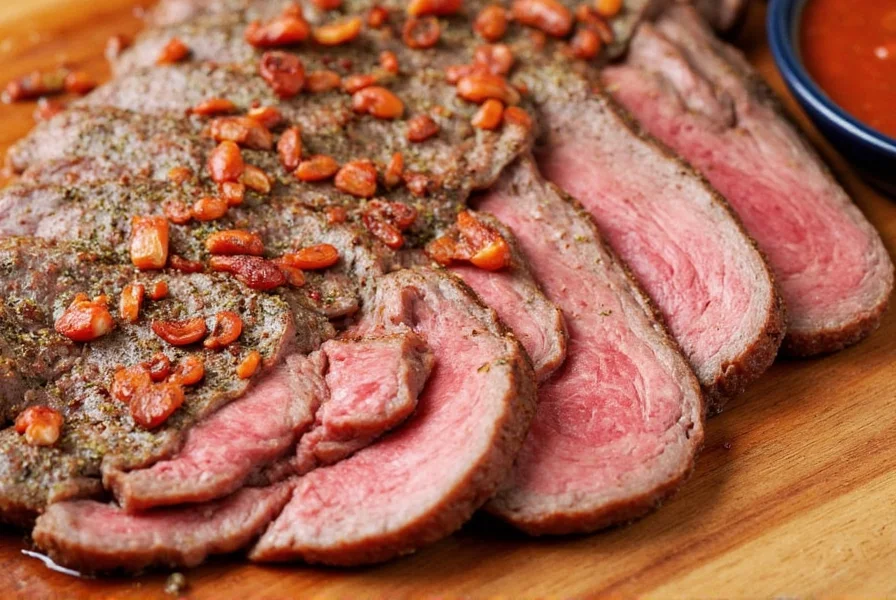
Buying Guide: Choosing the Best Ingredients
If you want your roast beef to truly sing, start with the right tools. Here's a breakdown of what to look for when shopping:
| Product | Features | Advantages | Target Audience | Best Occasions |
|---|---|---|---|---|
| Premixed Italian Seasoning | Convenient, balanced blend | Saves time, offers consistent flavor | Busy cooks, beginners | Weeknight dinners, meal prep |
| Whole Herb Bundle | Dried whole oregano, basil, thyme leaves | More control over mix and intensity | Home chefs, culinary enthusiasts | Weekend roasts, special meals |
| Fresh Garlic Cloves | Organic, plump cloves | Natural aroma, fresher taste | Cooking purists | Family dinners, gourmet dishes |
| Extra Virgin Olive Oil | Unrefined, cold-pressed | Enhances herb absorption and flavor | All levels of cooks | Any roast or grilled dish |
| Beef Rub Blends | Made specifically for roasting meats | Perfectly formulated, no guesswork | Barbecue lovers, quick meal planners | BBQs, potlucks |
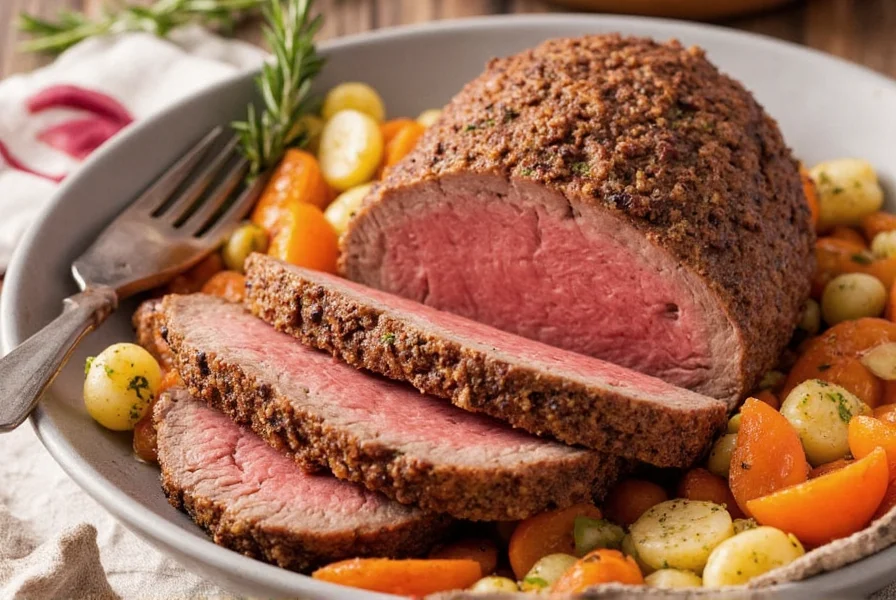
Global Variations: How Different Cultures Use Similar Flavors
The love for roast meat with fragrant herbs isn’t limited to Italy alone. Around the globe, similar concepts exist:
- France: Herbes de Provence shares many ingredients with Italian seasoning, often used on roasted lamb or chicken.
- Mexico: Recado rojo, though spicier, uses oregano as a base—showing how adaptable this herb is.
- Middle East: Za’atar contains sumac, sesame seeds, and thyme—another example of thyme being celebrated across cultures.
- Asia: Chinese five-spice has bold components but sometimes includes cinnamon or star anise to achieve warm, complex layers—similar to rosemary’s role in Italian seasoning.

It’s fascinating to see how different cuisines use their own unique combinations to mimic the comforting depth that Italian seasoning brings to roast beef.
Conclusion: Savor the Tradition
At the heart of every delicious roast beef sandwich or Sunday dinner lies a tradition of flavor passed down through generations. Whether you're using a store-bought blend or crafting your own, roast beef with Italian seasoning is more than just a recipe—it's a celebration of culture, craftsmanship, and connection.
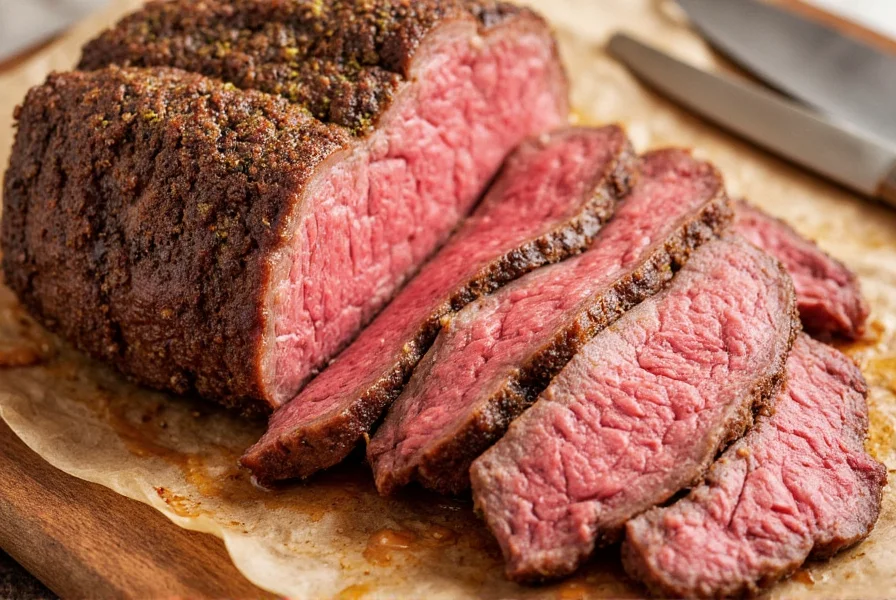
So go ahead, experiment with different ratios, try new herbs, and make this classic dish your own. After all, the best spice blends are the ones that reflect your story—and taste amazing too.

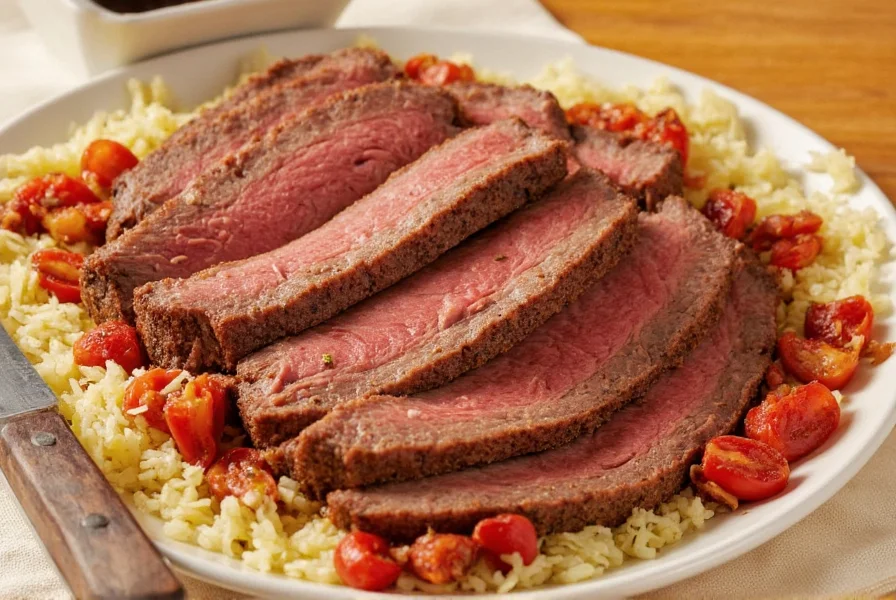









 浙公网安备
33010002000092号
浙公网安备
33010002000092号 浙B2-20120091-4
浙B2-20120091-4